selection of academic / competition / professional works
por tfo lio port_ folio
JULIETA CISTERNA FADEL architect
My name is Julieta, I’m a graduated architect from the Public University of Córdoba - Argentina.
I admire modern architects such as Charles and Ray Eames, Lina Bo Bardi and Mies Van de Rohe, and I follow the work of contemporary architects like Lacaton and Vassal, and Rem Koolhaas.
Studying architecture amplified my curiosity about history, heritage, and sustainability. I draw upon different disciplines including reading, arts, movies, and music.
I have dedicated some years of my life to travel, sightseeing and meeting people from all over the world.
In my spare time, I take photos and I enjoy writing. As a hobbie, I started a postcards project that matchs these two passions, you can take a look on Instagram @formatopostal
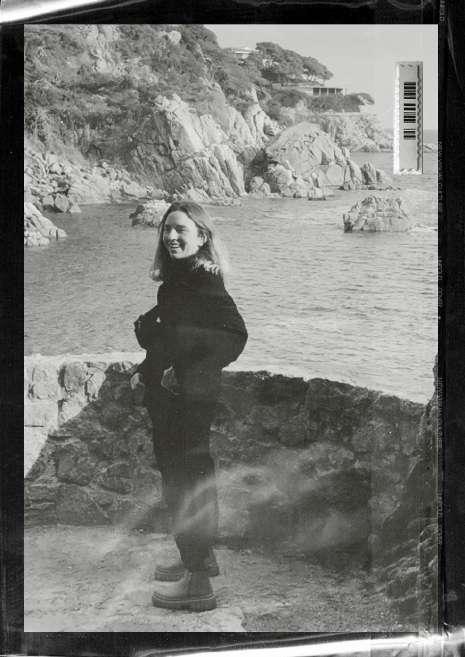
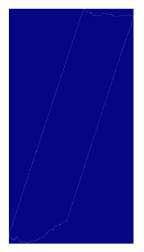

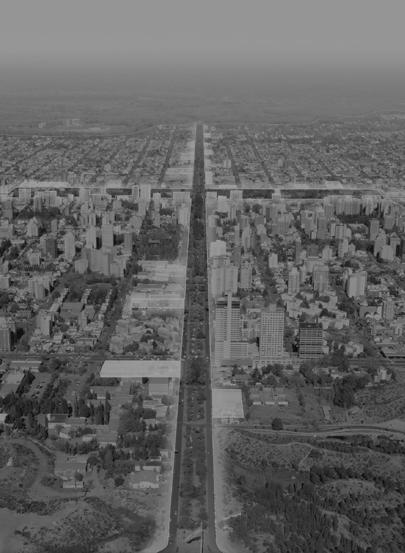
Urban Infiltrations
Architectural Thesis

Paused City Heritage / Utopia
_professional work

Trelles House House Enlargement
Administrative Center Rawson FADEA Competition

Productive Landscapes Aroztegui Prize _academic work _competition
Habitable Furniture Heritage / Indoor intervention
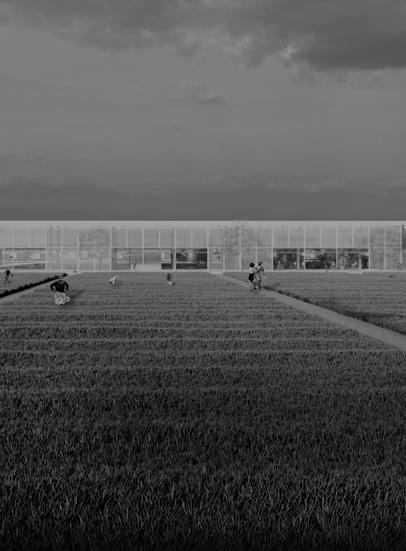
graduation thesis
urban infiltrations
A rehearsal of urban infiltrations, with productive and statal promotion houses, in a city with a productive legacy: Neuquén (Argentina)
Throw the creation of public spaces, dignifying houses, and productive places: we seek food and economic sovereignty, education, and capacitation. A more accessible, inclusive, organic, and safer city will be created.
The infiltration is proposed in the existing corridor of the train, the one that goes through the city from west to east, and generates new connections between north and south. These new ways link natural parks and introduce public spaces. A new system is located in the city, coming up from opportunity spaces, where it is pretended to work with a new urban law. This law is thought by public, residential, and production eyes. The west-eastern corridor will be an exchanger, from where goods will be transported. Meanwhile, the north-southern corridor will be where goods are being produced (productive houses).

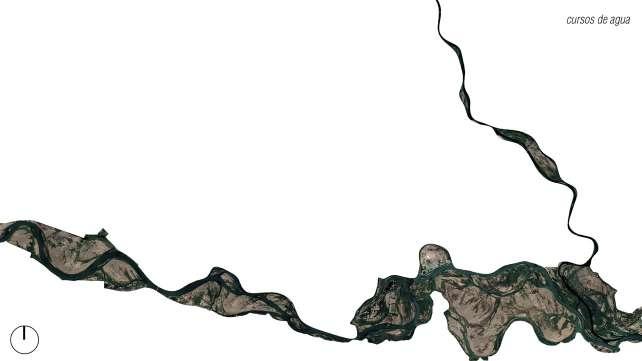
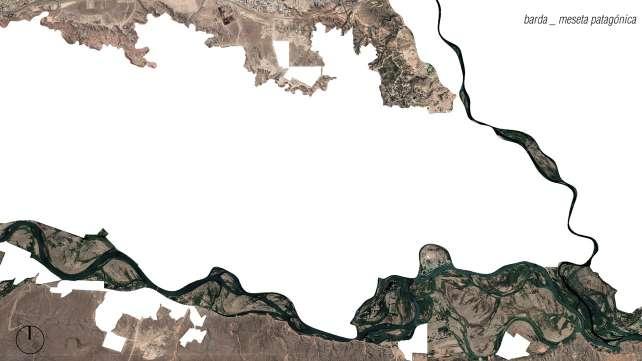


natural and urban existing elements
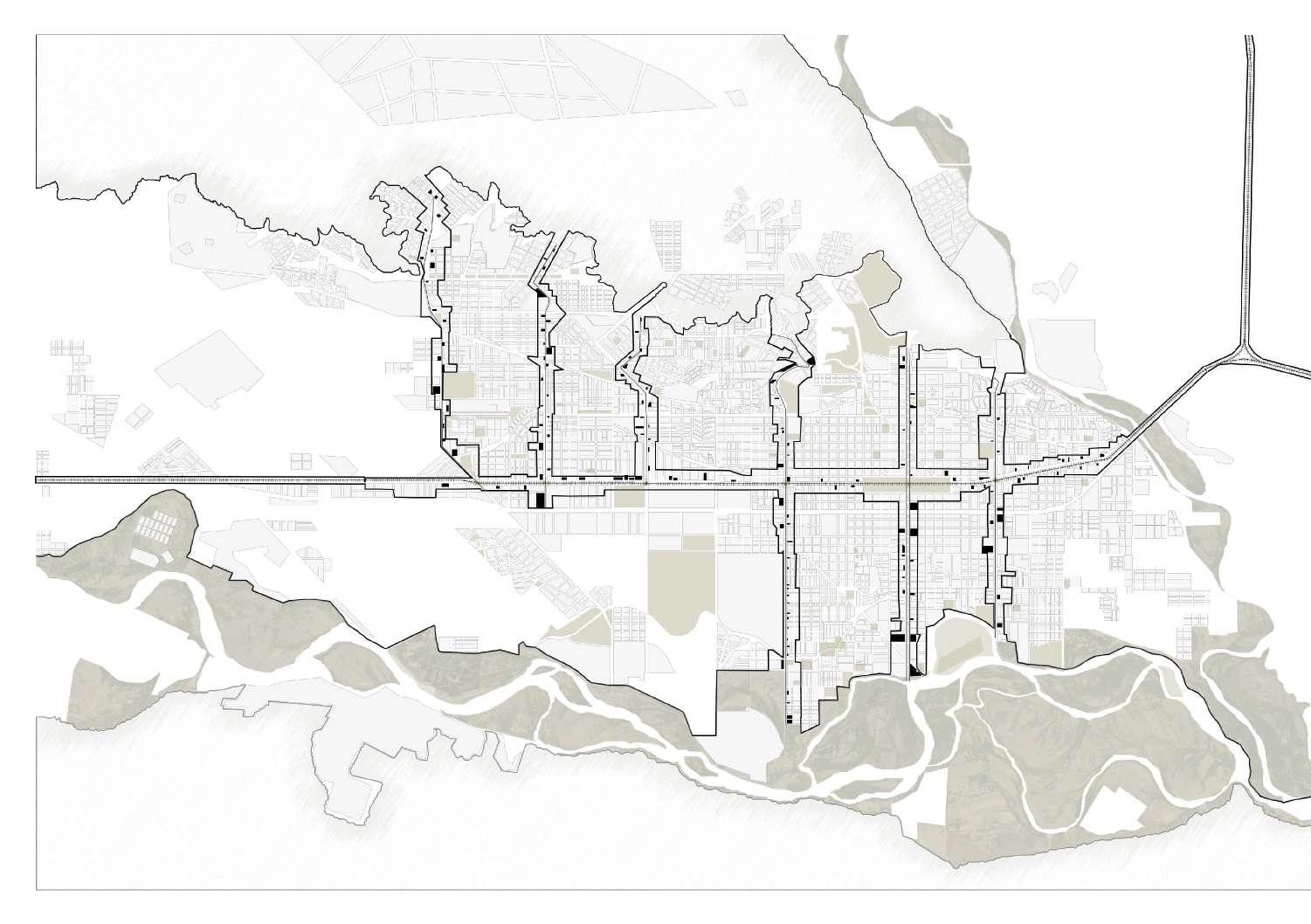
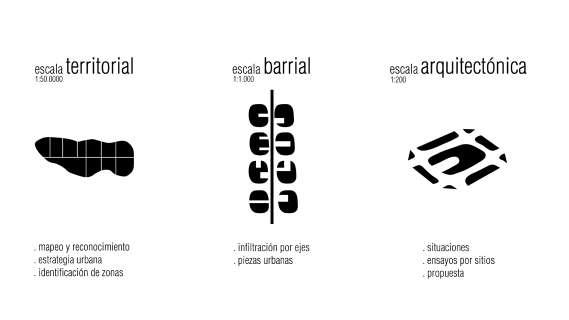



“When we refer to the set of public places that structure the city, defining it as a system, we are showing that public places do not act as isolated and unconnected points, nor as discontinuous fragments immersed in the urban mass, but tend to establish conditions of form capable of guaranteeing their mutual connection and coordination. That these places operate in the city as a system means that they behave as an articulated set of elements and form a continuous plot of points and lines whose mission is to structure the city and provide it with a recognizable structure.” Martí
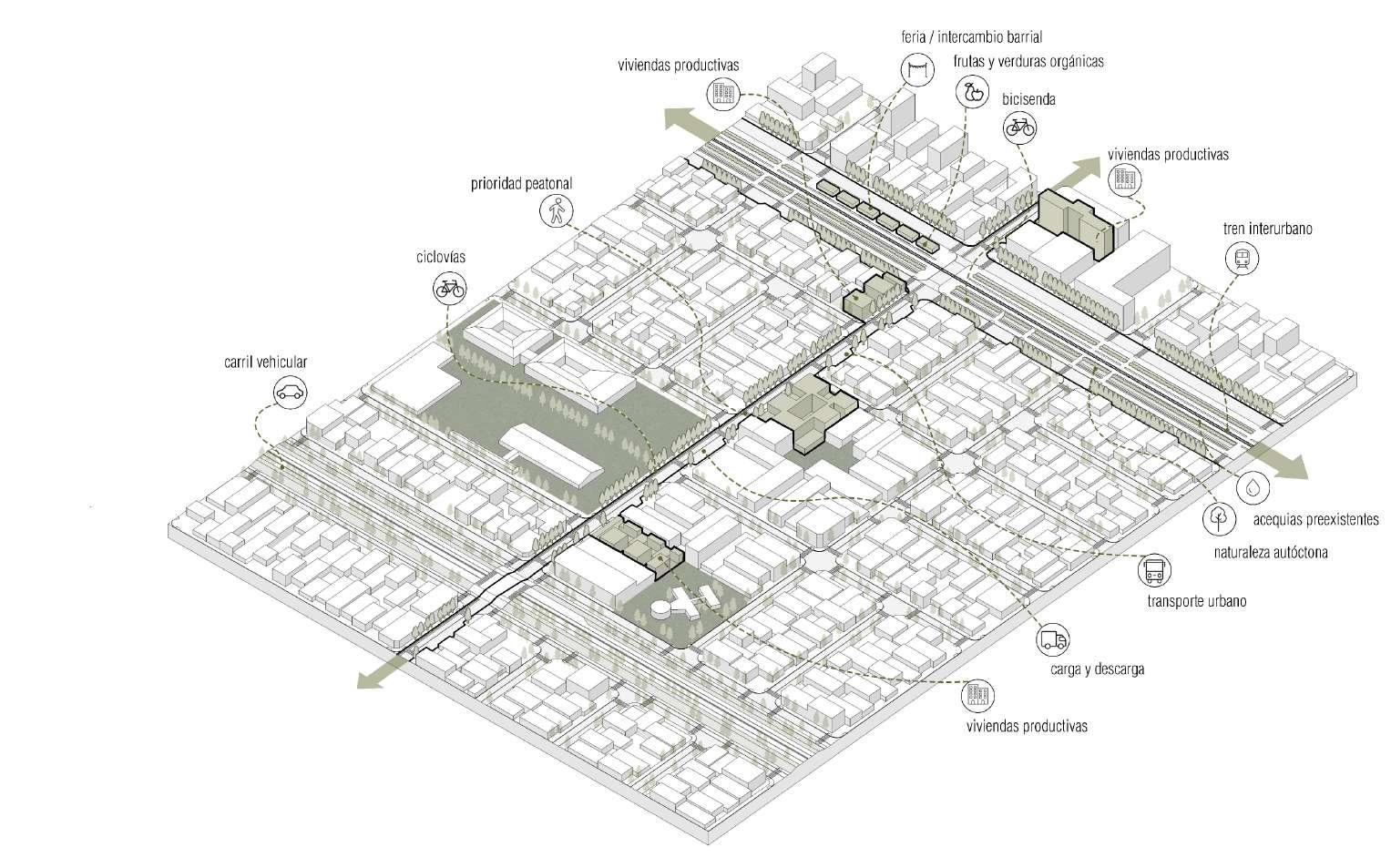

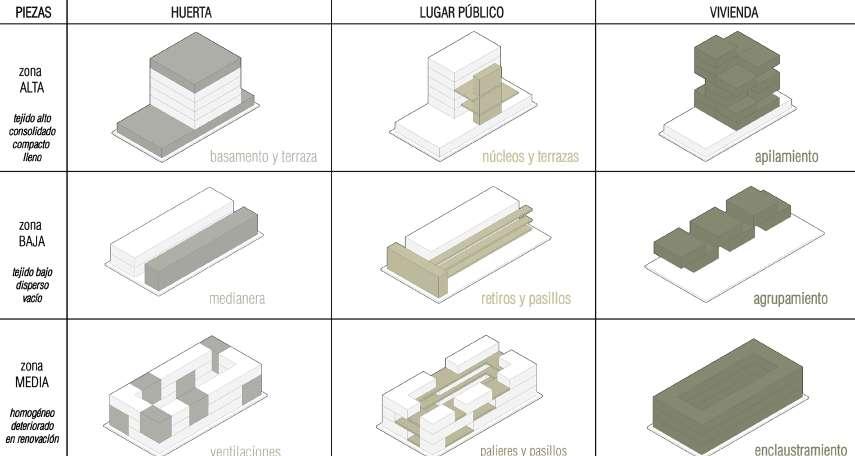

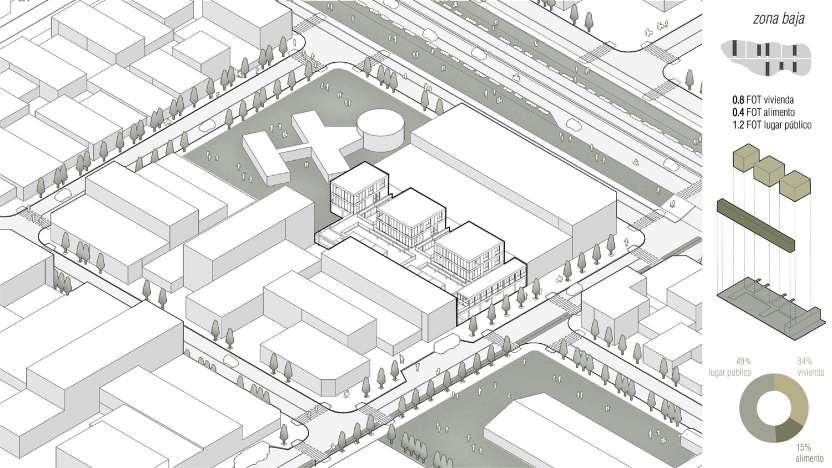





Therefore we think of the infiltrator as a necessary instrument to activate impact points in the city. To housing as a generator of the community welcoming public places. To the productive as a place of contact, proximity, and learning.

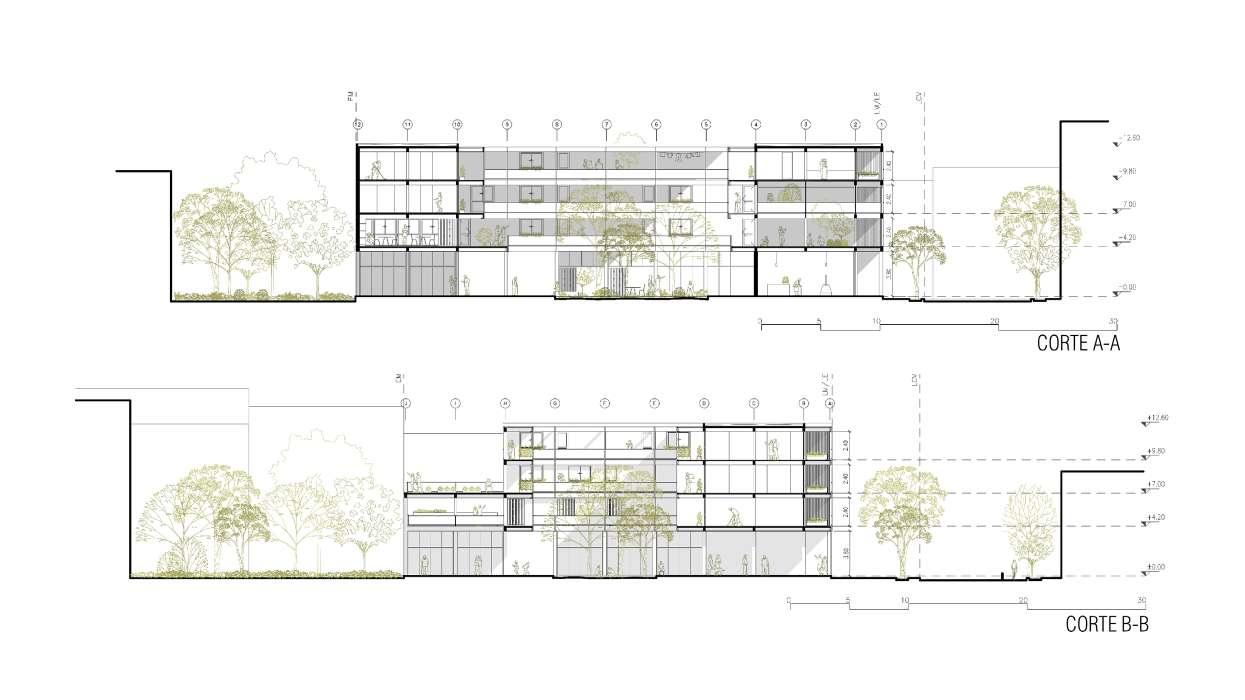
paused city
to urbanize the domestic / to domesticate the urban
The paused city keeps us awake at night; it moves us and touches us, at the same time that it paralyzes us. He watches us playing with all our tokens, turning our lights on and off, and closing and opening our doors and windows. In the best scenario, it makes us talk to whoever goes out onto the balcony next door, it hums in our ears that there's only deceleration
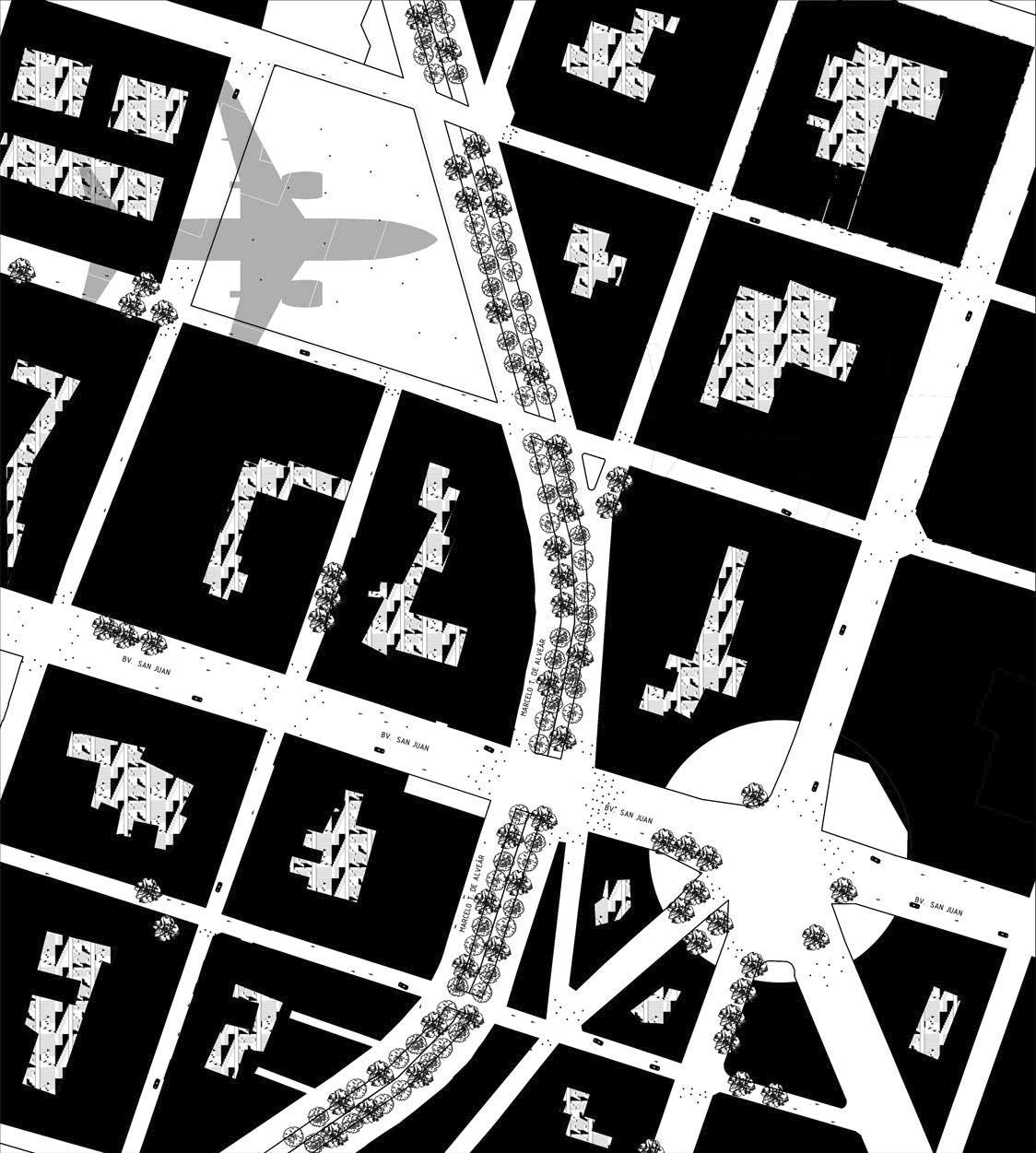
left; it makes us think that the world has finally found a way to heal itself. But the absence of their routine finds us locked up in our apartments. Where does the city go when we are all locked up? Can we create a manifesto to the confusion of the city indoors? Can we domesticate the elements of a city?
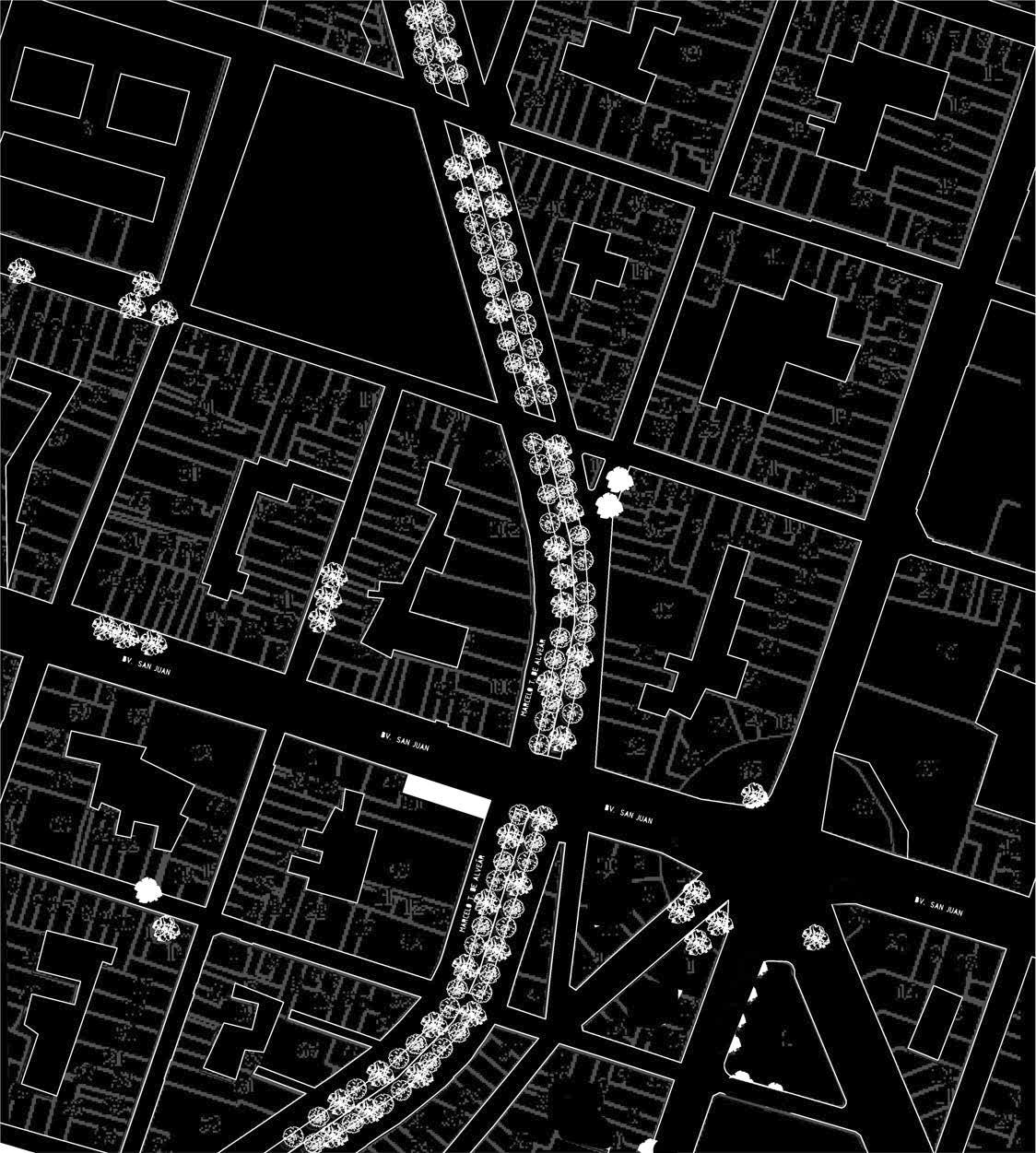

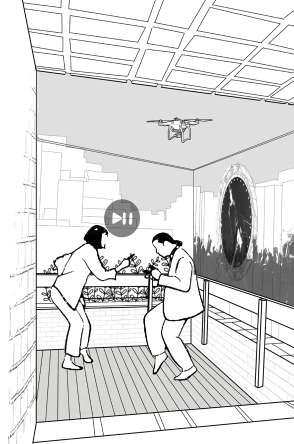
the city as a meeting point / the city as the base and stage of people life
















the habitable furnish is the clothes that dress the house and that as habitants we wear
habitable furnish

the materials as enablers / the square meters as cubic meters / the programmatic as life's essential of its inhabitant
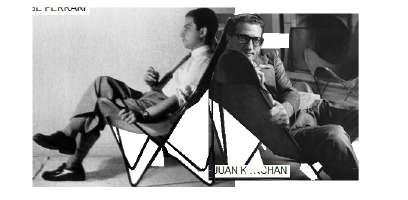
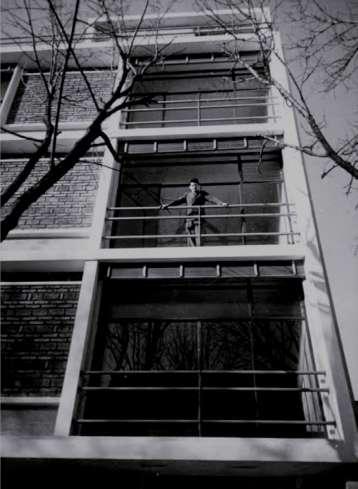
Transformable Apartments

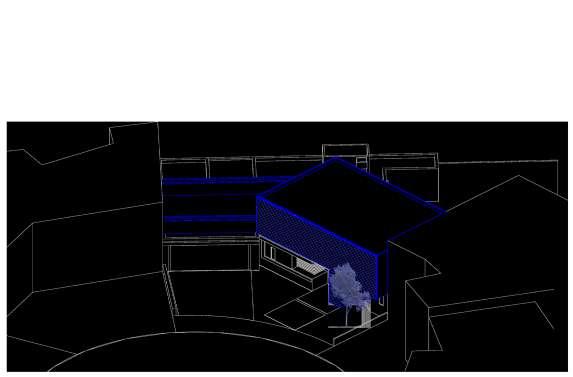
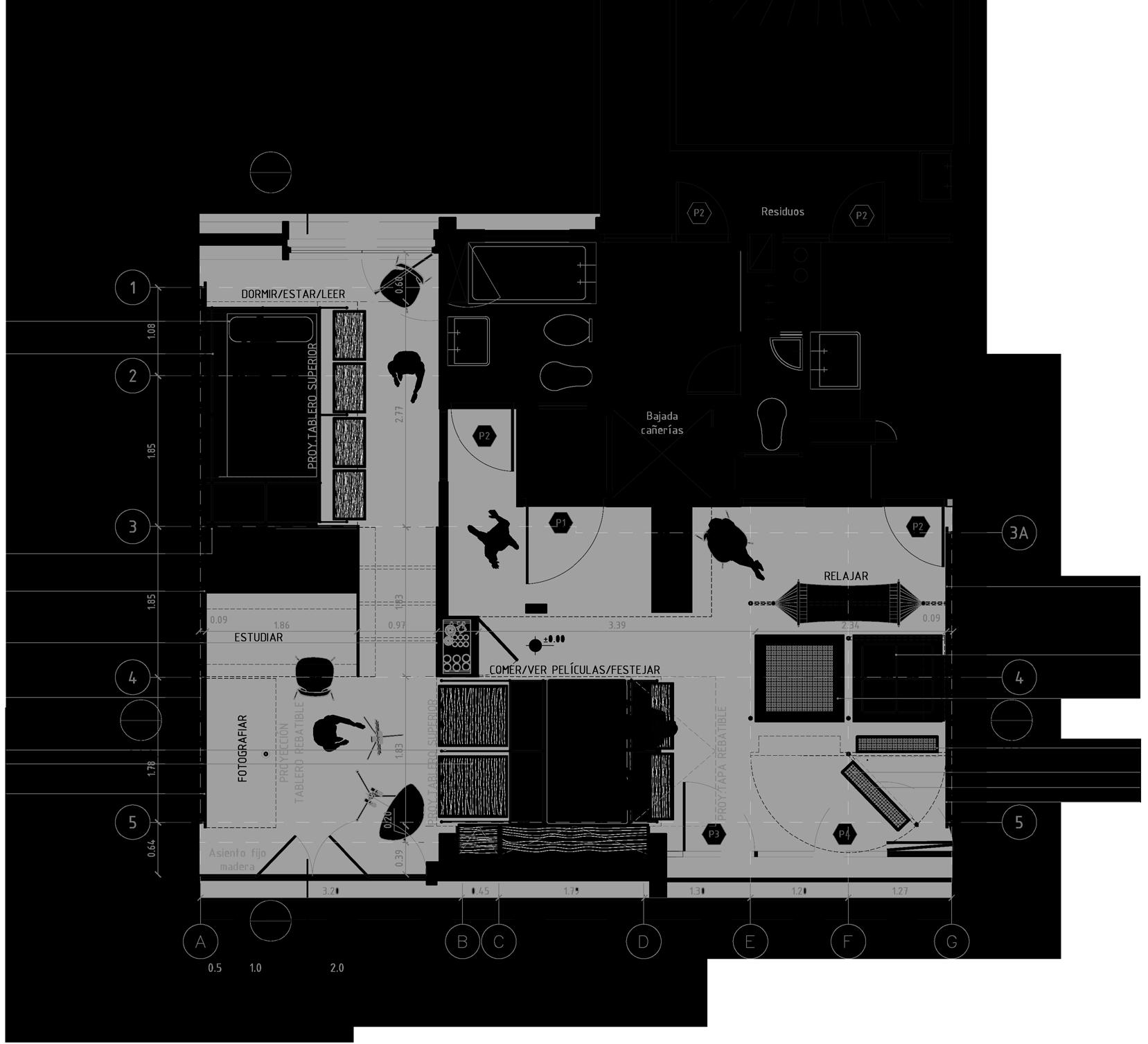
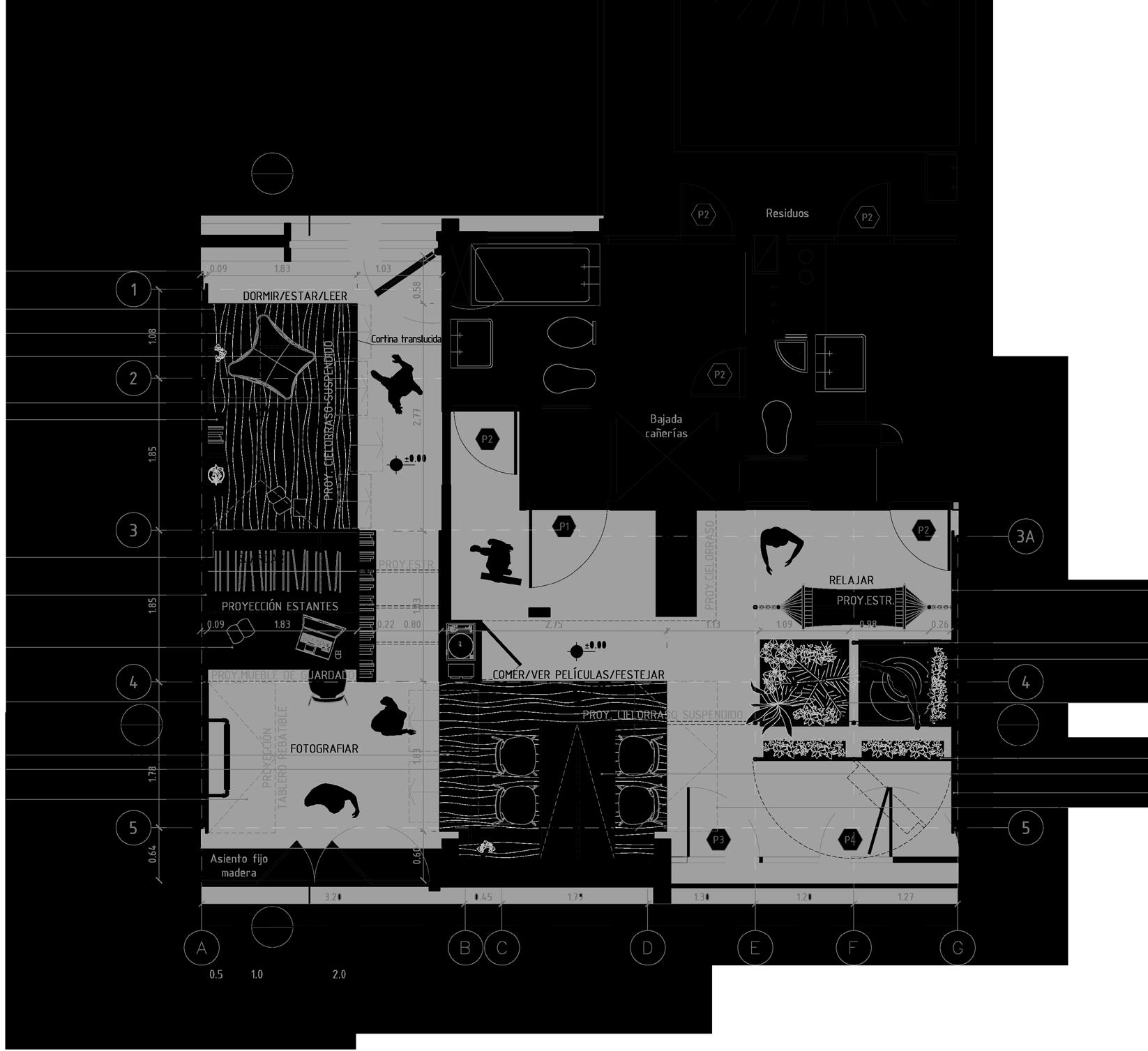
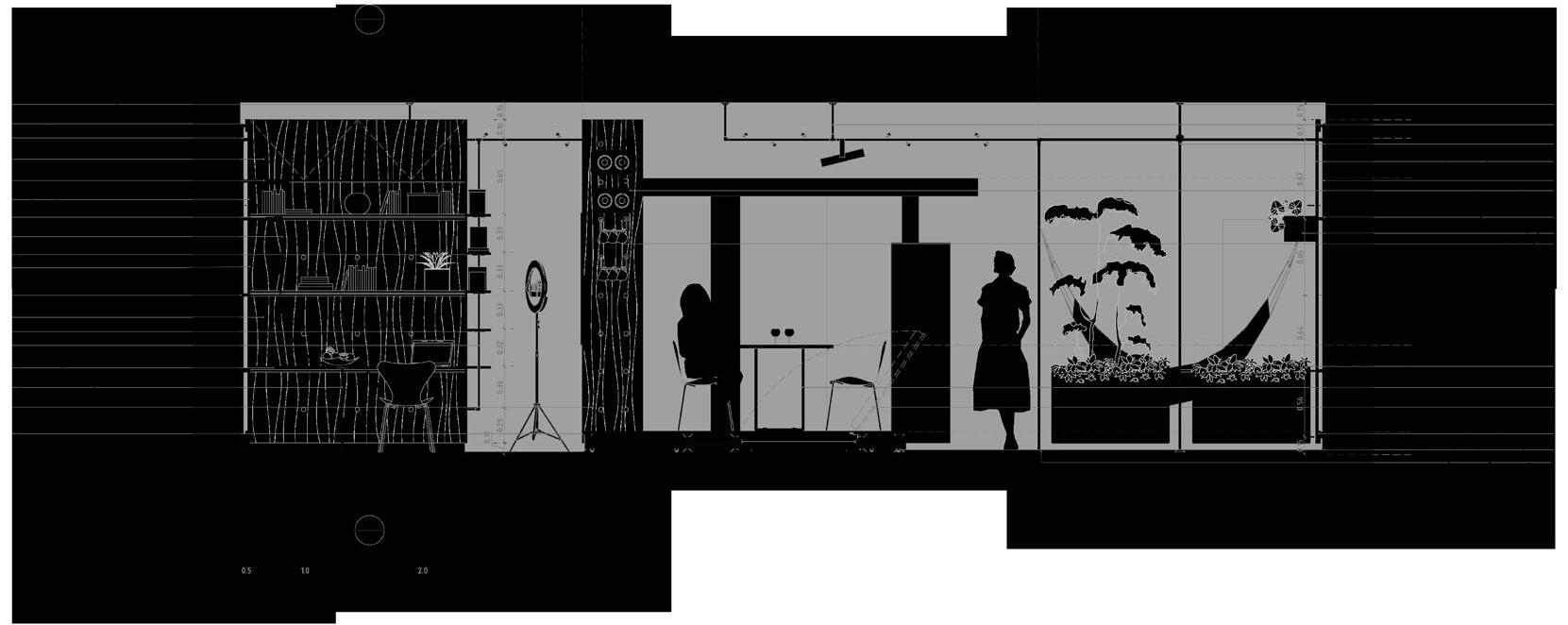
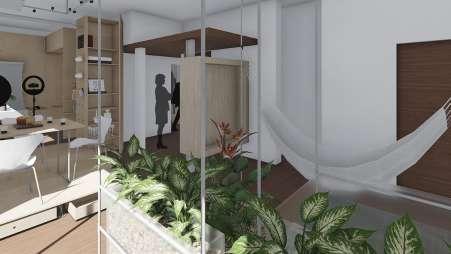




1CIELORRASO SUSPENDIDO
2PUERTA REBATIBLE + PLATAFORMA CAÑO 3BASE SEMICIRCULAR VÍNCULO CON PISO
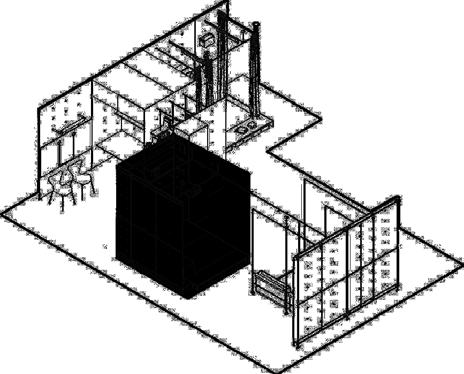

DESPIECE SECTOR COMER / VER PELICULAS
CORTESECUENCIAL1:5
4MÓDULOS UNIÓN SUPERIOR
5 MÓDULOS UNIÓN INTERMEDIA

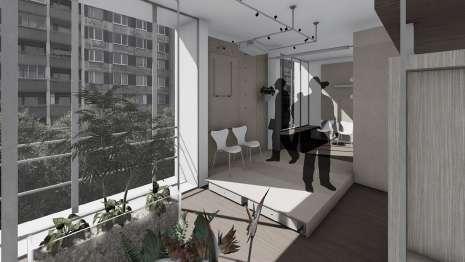

trelles house

ideas for an extension of a house_
a playroom and a studio coliving in one large salon, with an expansion to the outside.
free space was the design premise, so it was combined with a simple structure and an easy construction method.


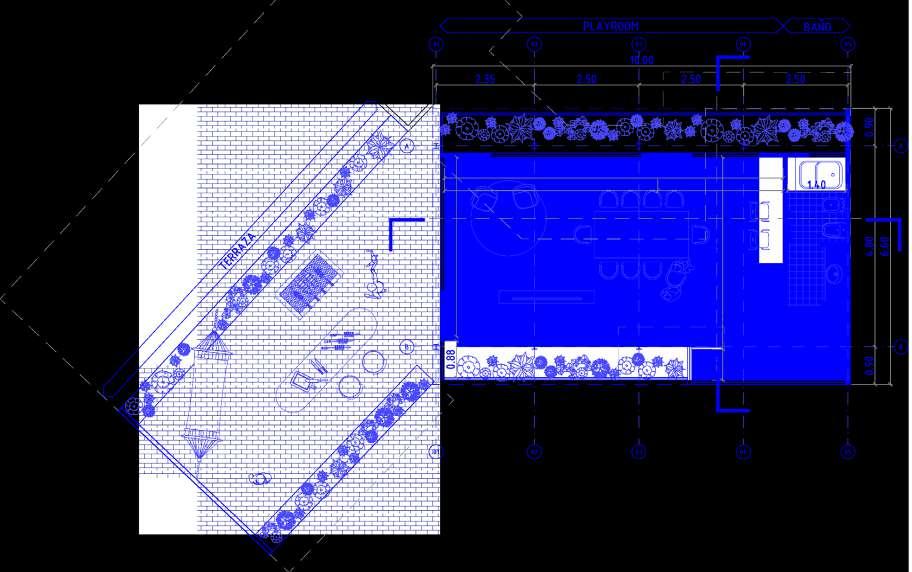
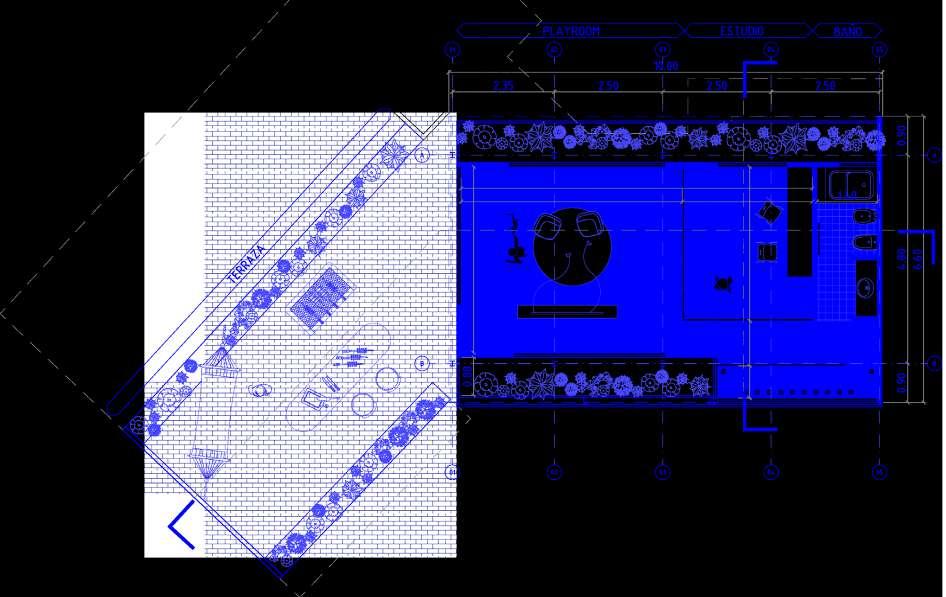
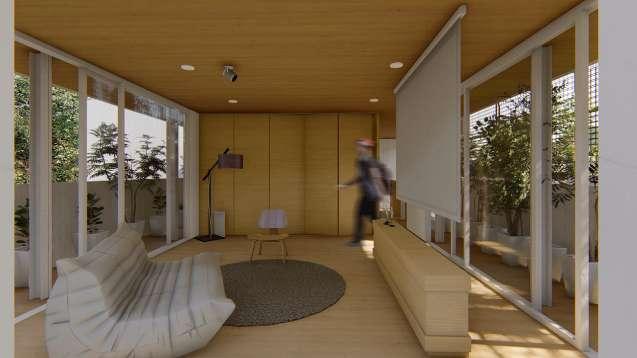
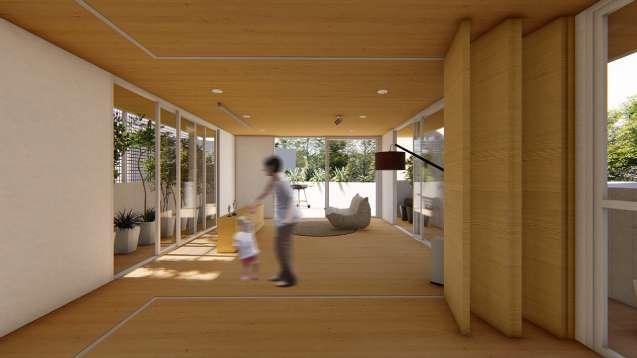


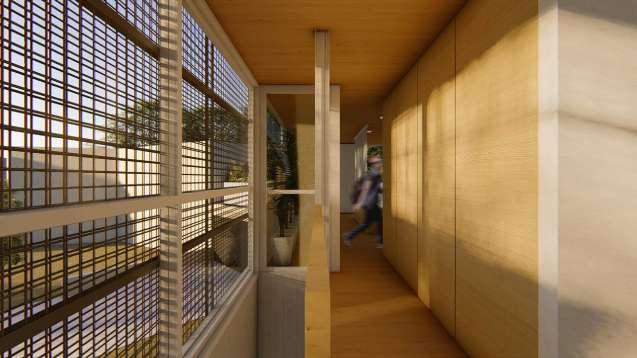
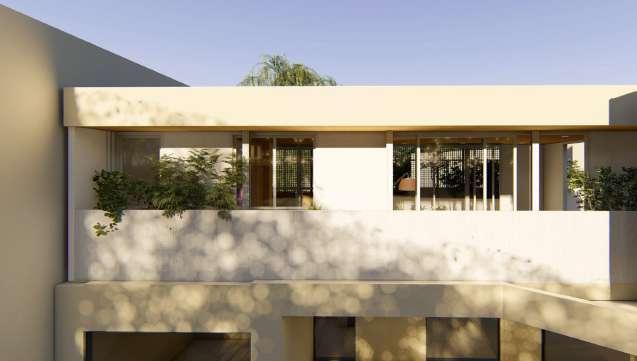
The project seeks to integrate architecture, infrastructure, and landscape in a syncretic trinomial, from a systemic and sustainable architectural proposal, which re-signifies the natural, landscape, and urban support of the field.
It is planned to direct the urban structure of Rawson and its potential growth from the Chubut River as the central axis of sustainable development for the city since it is a strategic urban-territorial piece to promote it. A strategic guideline.
To highlight its vocation as a botanical, urban-territorial park that crosses the entire city and links it: environmentally on a regional scale with other towns and touristically with the port, Balnearia Villa of Union Beach to the north, and the conglomerate of Magnana Beach to the south.
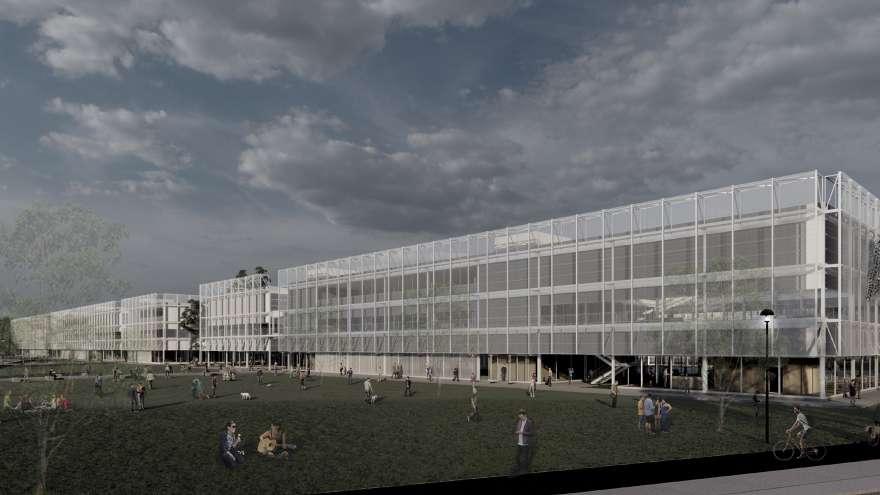

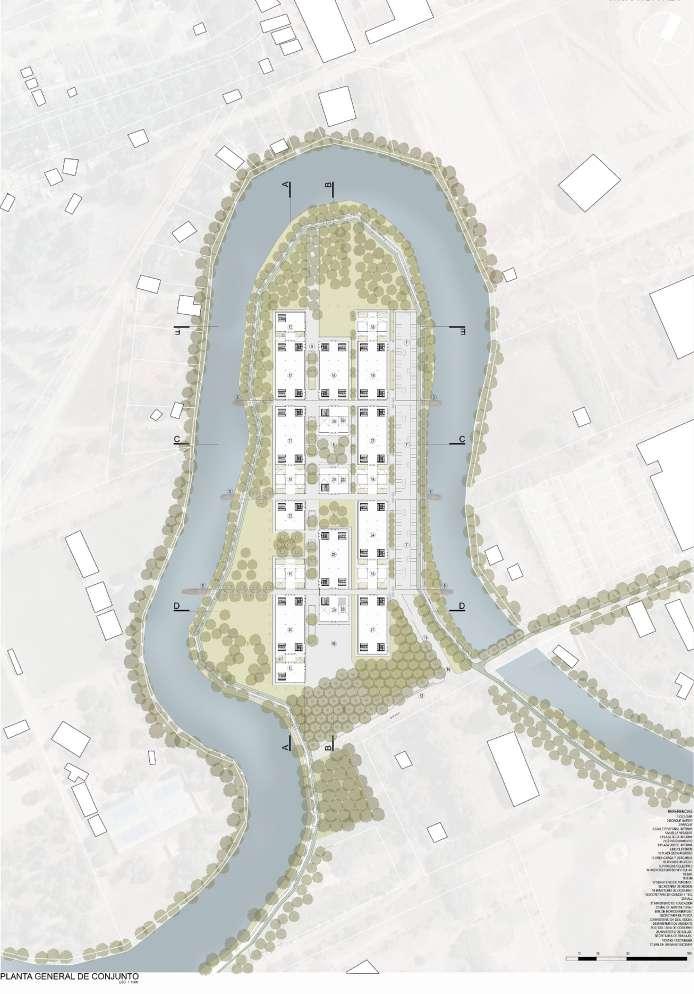


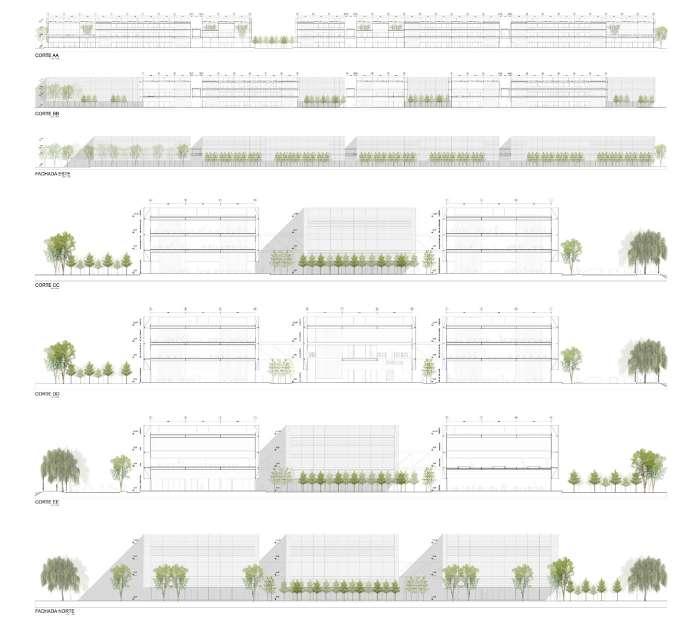
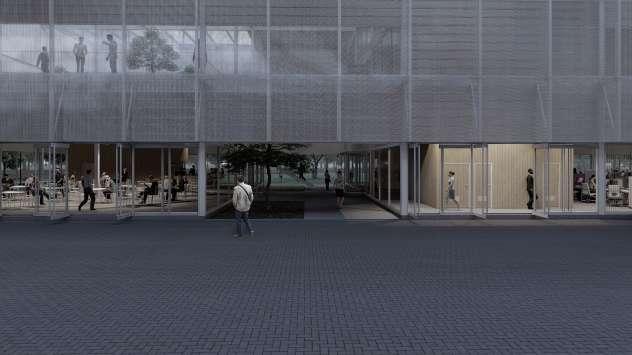
_competition
Special Mention Aroztegui Prize
productive landscapes
rur-urban infrastructure master south canal, córdoba city
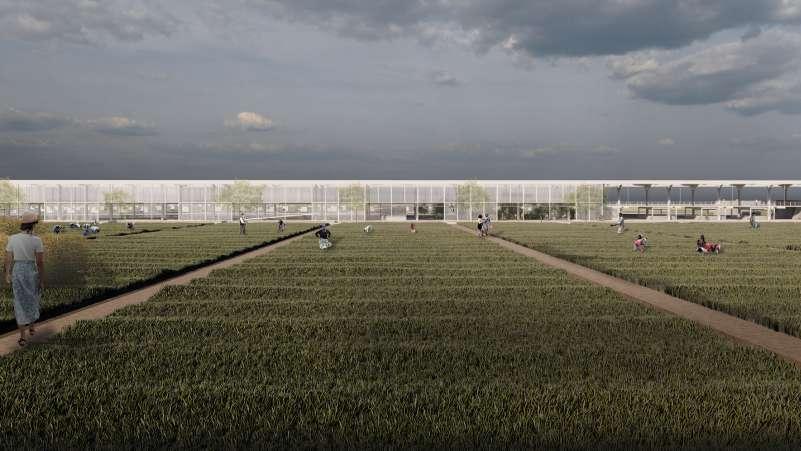
To think of the city as an ecosystem implies creating architecture that coexists with systems. In Córdoba, some of those components are already created but they have been abandoned and not maintained.
Looking forward to a remeaning of urban vacancies, new kinds of infrastructures are developed, reusing and changing the function of what had been materialized.
We start talking about a new sprawl: not an urban sprawl, nor a rural sprawl, but self-sufficient sprawl.
The self-sufficient sprawl will be community sustent.
issue
re-using the abandoned: those that exist and occupy a space of territorial scale and that have become obsolete (irrigation canals and railways)
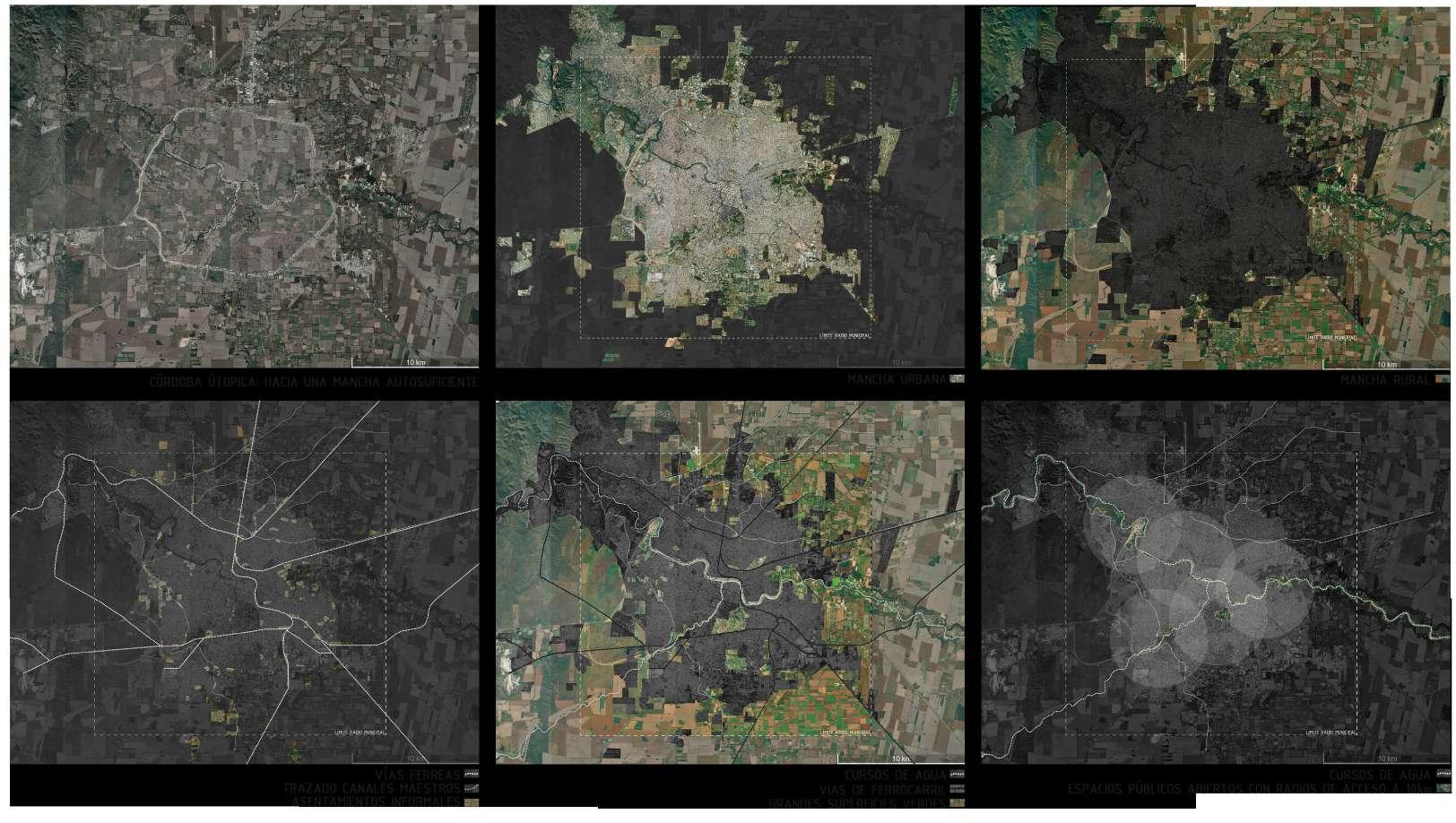

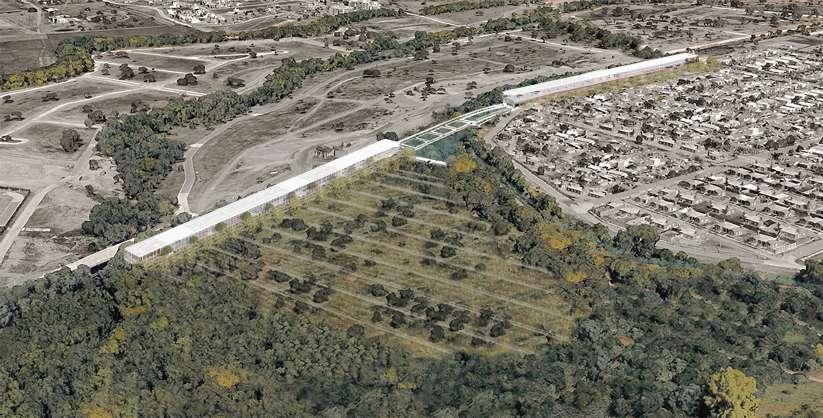
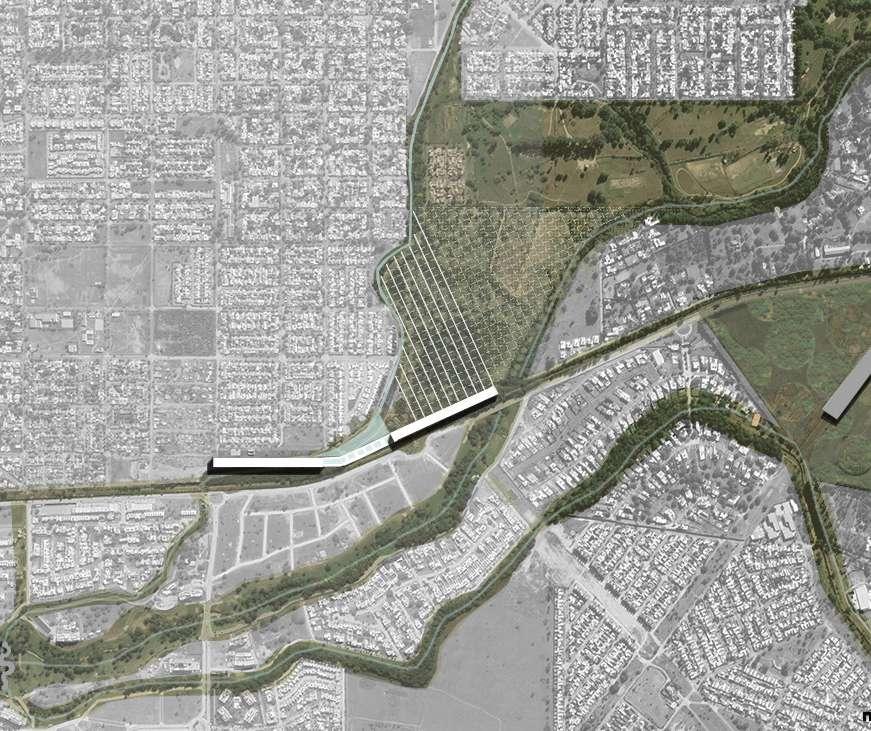
infrastructure repairer
How do we do architecture with infrastructure?
the repairer was located at the match between significant infrastructures: Cañada River, the south master canal, and the railways. The building collects urban waste and produces food. Conceived from the logic of public open space, it tries to be a piece that makes up the city's service system, resulting in a building that accompanies with its roof the development of activities that mutate. Raising awareness among its users and providing a new meeting space.
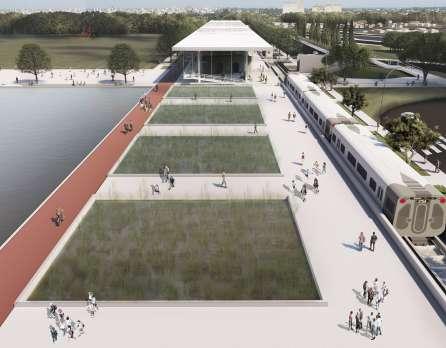
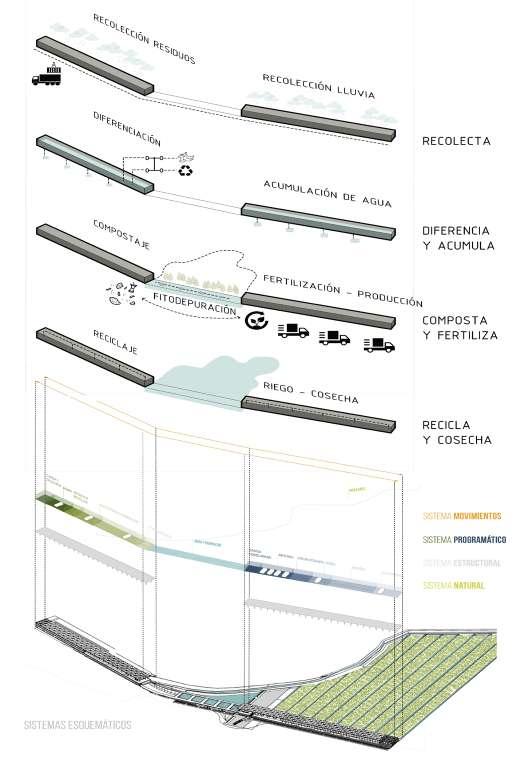
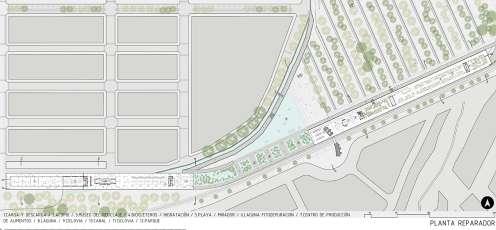
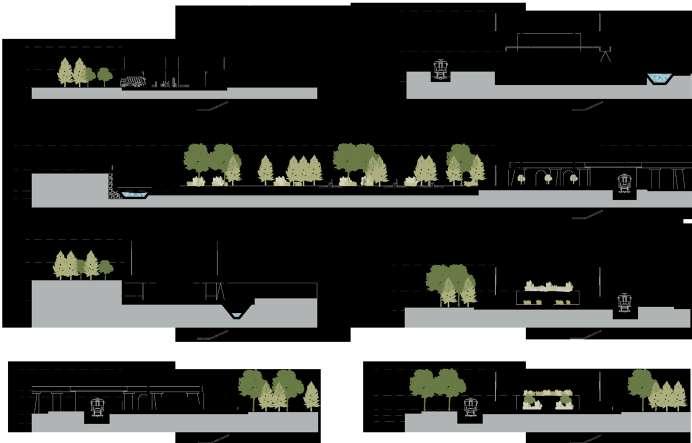
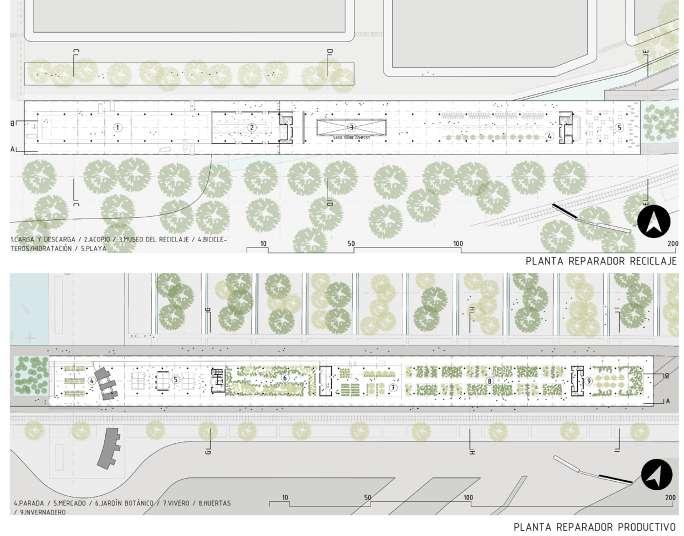
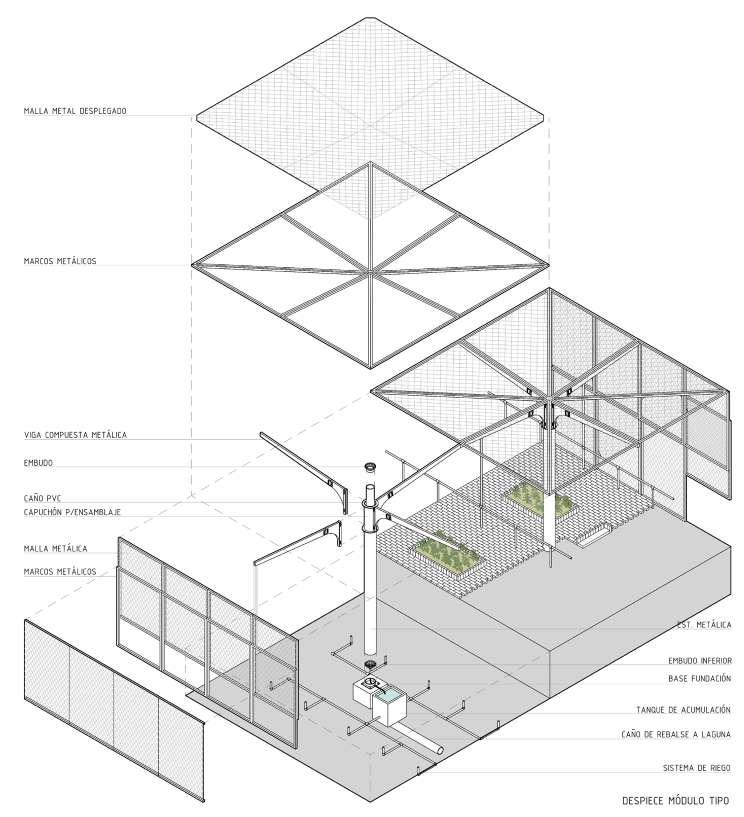




The configuration of a structural and technological module allows its construction in stages, seeking to be as efficient as possible, and taking advantage of its components to collect water and then use it.
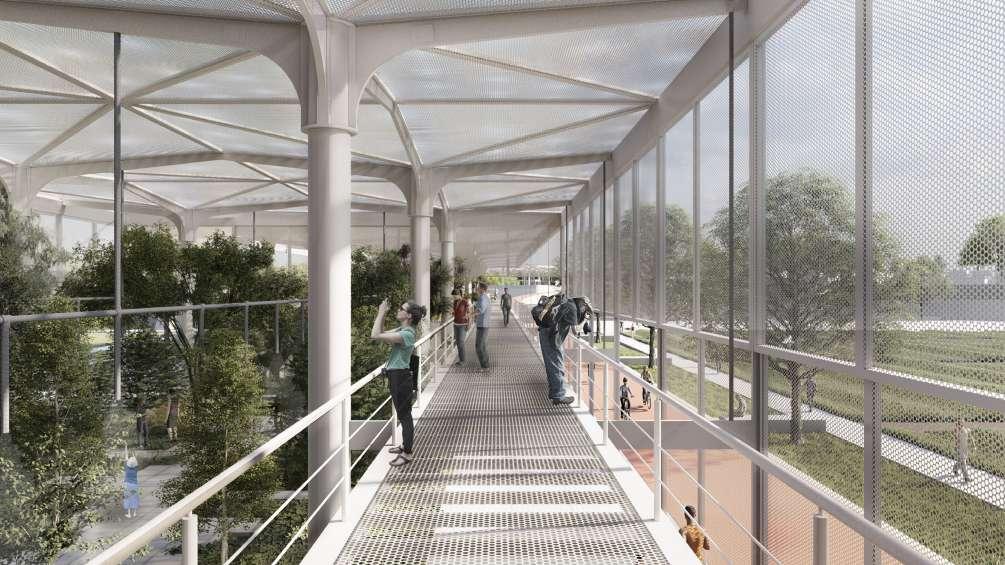
jcisternafadel@gmail.com
https://issuu.com/julietacf/docs/jcf_portfolio
